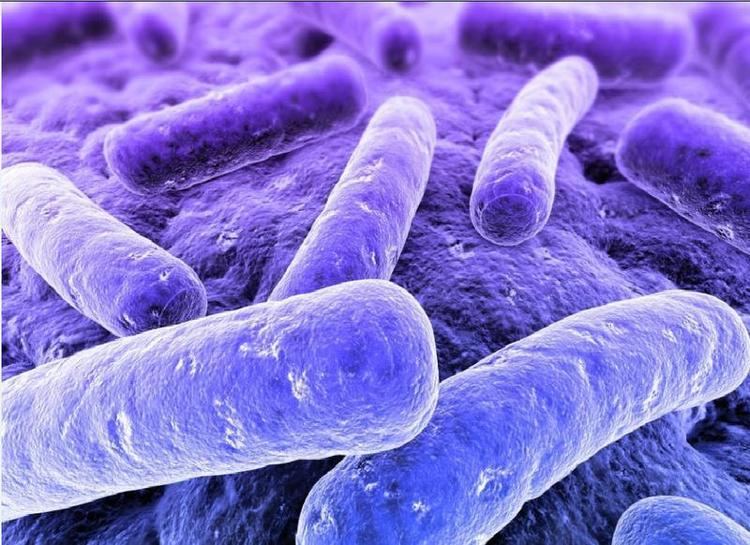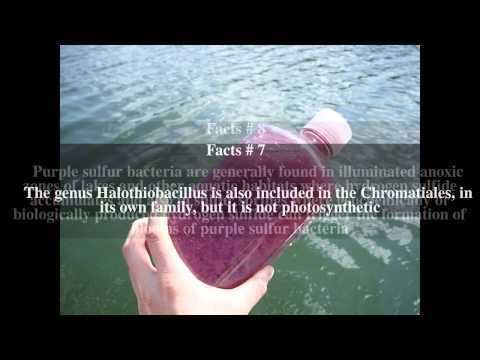 | ||
Representative species Rhodopseudomonas palustris, Rhodoferax, Chromatium okenii, Rhodospirillum rubrum, Rhodobacter sphaeroides | ||
Electron transfer in purple bacteria
Purple bacteria or purple photosynthetic bacteria are proteobacteria that are phototrophic, that is, capable of producing their own food via photosynthesis. They are pigmented with bacteriochlorophyll a or b, together with various carotenoids, which give them colours ranging between purple, red, brown, and orange. They may be divided into two groups – purple sulfur bacteria (Chromatiales, in part) and purple non-sulfur bacteria (Rhodospirillaceae).
Contents
- Electron transfer in purple bacteria
- Reverse electron flow in purple bacteria
- Metabolism
- History
- Evolution
- Taxonomy
- References
Reverse electron flow in purple bacteria
Metabolism
Photosynthesis takes place at reaction centers on the cell membrane, which is folded into the cell to form sacs, tubes, or sheets, increasing the available surface area.

Like most other photosynthetic bacteria, purple bacteria do not produce oxygen (anoxygenic), because the reducing agent (electron donor) involved in photosynthesis is not water. In some, called purple sulfur bacteria, it is either sulfide or elemental sulfur. The others, called purple non-sulfur bacteria (aka PNSB), typically use hydrogen although some may use other compounds in small amounts. At one point these were considered families, but RNA trees show the purple bacteria make up a variety of separate groups, each closer relatives of non-photosynthetic proteobacteria than one another.

The reaction centers create a charge separation through a series of favorable redox reactions, after the excitation of the special pigment pair P870. The reduction of quinones leads to the take up of 2 protons from the cytoplasm. When the quinones are eventually oxidized, they release the protons in the periplasmic side. This builds up a proton motive force that is used by ATP synthase to produce ATP from ADP and phosphate.The ATP is finally used in biosynthesis.
History

Purple bacteria were the first bacteria discovered to photosynthesize without having an oxygen byproduct. Instead, their byproduct is sulfur. This was proved by first establishing the bacteria's reactions to different concentrations of oxygen. What was found was that the bacteria moved quickly away from even the slightest trace of oxygen. Then a dish of the bacteria was taken, and a light was focused on one part of the dish leaving the rest dark. As the bacteria cannot survive without light, all the bacteria moved into the circle of light, becoming very crowded. If the bacteria's byproduct was oxygen, the distances between individuals would become larger and larger as more oxygen was produced. But because of the bacteria's behavior in the focused light, it was concluded that the bacteria's photosynthetic byproduct could not be oxygen.
Evolution
Researchers have theorized that some purple bacteria are related to the mitochondria, symbiotic bacteria in plant and animal cells today that act as organelles. Comparisons of their protein structure suggests that there is a common ancestor.
Taxonomy
Purple non-sulfur bacteria are found among the alpha and beta subgroups, including:
Purple sulfur bacteria are included among the gamma subgroup, and make up the order Chromatiales. The similarity between the photosynthetic machinery in these different lines indicates it had a common origin, either from some common ancestor or passed by lateral transfer.
